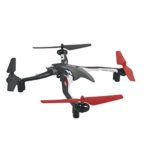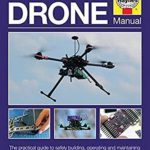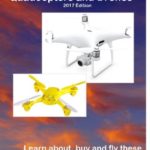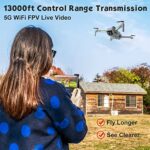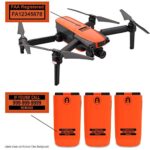Drones and Unmanned Aerial Systems: Legal and Social Implications for Security and Surveillance
This book tackles the regulatory issues of Unmanned Aerial Systems (UAS) or Remotely-Piloted Aerial Systems (RPAS), which have profound consequences for privacy, security and other fundamental liberties. Collectively known as “drones,” they were initially deployed for military purposes: reconnaissance, surveillance and extrajudicial executions. Today, we are witnessing a growth of their use into the civilian and humanitarian domain. They are increasingly used for goals as diverse as news gathering, aerial inspection of oil refinery flare stacks, mapping of the Amazonian rain-forest, crop spraying and search and rescue operations.
The civil use of drones is becoming a reality in the European Union and in the US.The drone revolution may be a new technological revolution. Proliferation of the next generation of “recreational” drones show how drones will be sold as any other consumer item. The cultural perception of the technology is shifting, as drones are increasingly being used for humanitarian activities, on one hand, but they can also firmly be situated in the prevailing modes of postmodern governance on the other hand.
This work will be of interest to researchers in Criminology and Criminal Justice interested in issues related to surveillance, security, privacy, and technology. It will also provide a criminological background for related legal issues, such as privacy law, aviation law, international criminal law, and comparative law.
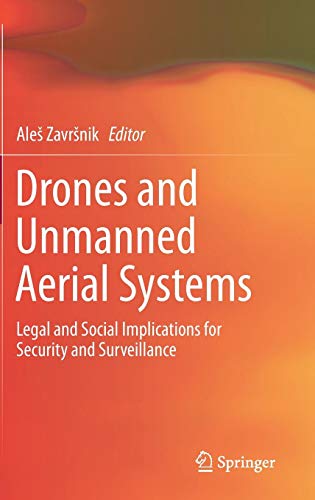
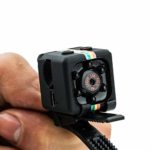
![[NEWEST MODEL] Mini Hidden Spy Camera Night Vision SQ16 1080P HD Video Recorder Portable Tiny with Night Vision and Motion Detection Security Camera for Drones, FPV, Home and Office Surveillance](https://www.drone-central.info/wp-content/uploads/41g2BK37sPXL-150x150.jpg)

